Ornamental Medicinal Trees of India
The introduction of ornamentals has been undertaken since very early times. The hanging gardens of Babylon in the 6th century B.C. one of the seven wonders of the world, represent the best classic example of the growing plant in stone vessels. In India, the first record of cultivation of ornamental plant is in Indian Botanic Garden, Howrah or Royal Botanic Garden or East India Company’s Garden in 1787 by Lt. Col Robert Kyd. It is situated on the west bank of the river Hooghly (Holy Ganga). The garden covers an area of 273 acres and approximately 1400 arboreal species were cultivated in the open green houses and conservatories. For nearly two centuries this harden, which is the largest and oldest of its kind in South East Asia has been a premier institution for botanical and horticultural research in India. After independence it was renamed as the ‘Indian Botanic Garden’ in 1950.
The ecological habitats or the country vary from hot deserts of Rajasthan to the humid tropical Western Ghats and warm coasts of Peninsular India or Deccan plateau to the high mountain ranges of the Himalaya. India has the representation of almost all the ecological zones found in the world.
The natural forests are dwindling due to the population pressure and other developmental activities. The time is not far, when people will depend on these ornamental trees only in gardens and parks, institutions, backyards, houses, etc. Planting of many ornamental tree species along roadsides, Squares and outskirt of towns and villages not only add to the aesthetic beauty but also used medicinally in their native countries.
The present document provides the available information regarding the latest botanical name, local name, English name, precise description and distribution of almost all the ornamental medicinal trees of the country. Special data on medicinal uses, major chemical constituents, biological/pharmacological activities and herbal preparations and formulations have been provided as a step of value addition to the document to the maximum extent possible. A separate list of bioactive plant species against each bioactive principle, selected bibliographies and index have been provided. Photographs/images of most of the plant species have also been provided within the text.
In the manuscript, 206 medicinal ornamental tree species are described followed by local/trade or English name in parentheses, brief description, distribution, medicinal uses of c. 175 species, chemical constituents of c. 200 species, bioactive principles of c. 200 species have been provided. Photographs/images of most of the plant species were also provided within the text followed by a separate chapter/list of plant species against each biologically active principle, bibliography and index of botanical names.
Some of the tree species occurring in the country are also extensively grown for ornamental purposes in avenues, parks, along roadsides, etc. are also used in our traditional as well as modem system of medicine. Mention may be made of some viz. Ailanthus excelsa, Albizia lebbeck, Alstonia scholaris, Anthocephalus chinensis, Aphanamixis polystachya, Bauhinia Spp., Butea monosperma, cassia spp., Cedrus deodara, Chukrasia tabularis, Cupressus torulosa. Gardenia spp., Michella champaca, Mella azedarach, Murraya paniculata, Nerium oleander, Nyctanthes arbor- tristis, Pinus spp., Pongamia pinnata, Pterospermum acerifolium, Santalum album, Saraca asoca, Trewia nudiflora, Vitex negundo.
Some of the species like Adansonia digitata, Grevillea robusta, Hamelia patens, Haplophragma adenophyllum, Michella champaca, Nyctanthes arbor tristis, Parkia javanica and Tabebuia argentea which are very common ornamental trees exhibited antileishmanial activity against promastigotes. Platanus orientalis (Chinar/Oriental sycamore) which is a handsome tree commonly grown in hilly regions of the country exhibited antiimplantation, antimicrobial. cytotoxic. NF-KB, NO, aromatase and QR2 (anticancer) activities. Many natural naphthoquinone and lapachol which are found in most of the Bignoniaceae and Verbenaceae family members have extensively been used to control cancer and they have ability to interfere with topoisomerase enzymes, which are critical for DNA replication in cells. Other biological activities of lapachol are antimetastatic, antimicrobial antifungal, antiviral, anti-inflammatory, antioxidant, antiparasitic. leishmanicidal and molluscicidal, Spathodea campanulata (African Tulip Tree), a handsome evergreen tree with scarlet flowers exhibited antimalarial, antibacterial, antidiabetic, antioxidant. etc. activities. Anthocephalus chinensis (Kadamb), a handsome tree often grown on roadsides, parks, etc. exhibited antimalarial activity on chloroquine-resistant strain of Plasmodium falciparum Including anthelmintic, antimicrobial, hypoglycaemic. Wound healing and antioxidant activities. Likewise so many ornamental tree species are having bioactive principles for treating so many dreaded diseases and aliments.
Get it now and save 10%
BECOME A MEMBER

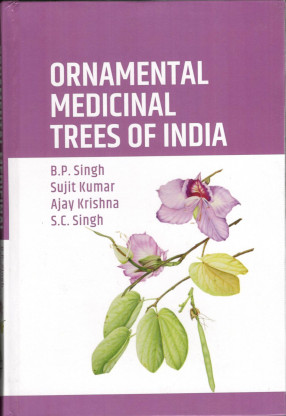



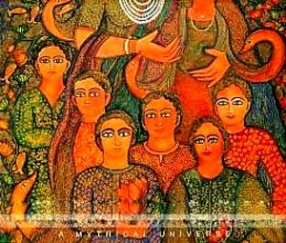
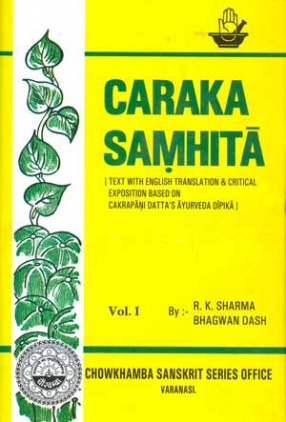
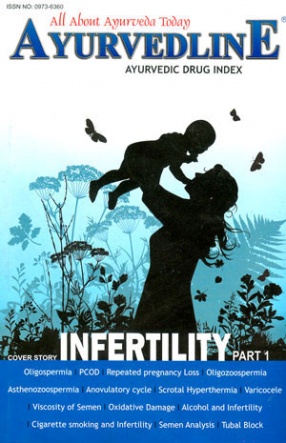
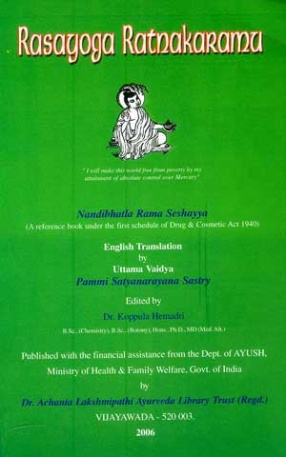


Bibliographic information
Sujit Kumar
Ajay Krishna
Ors.